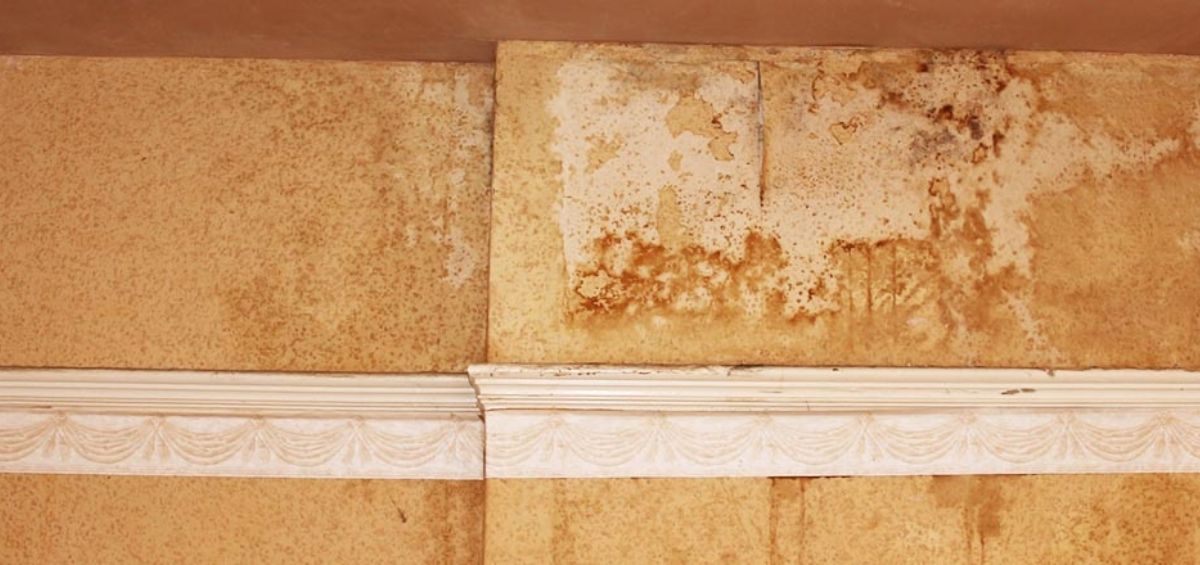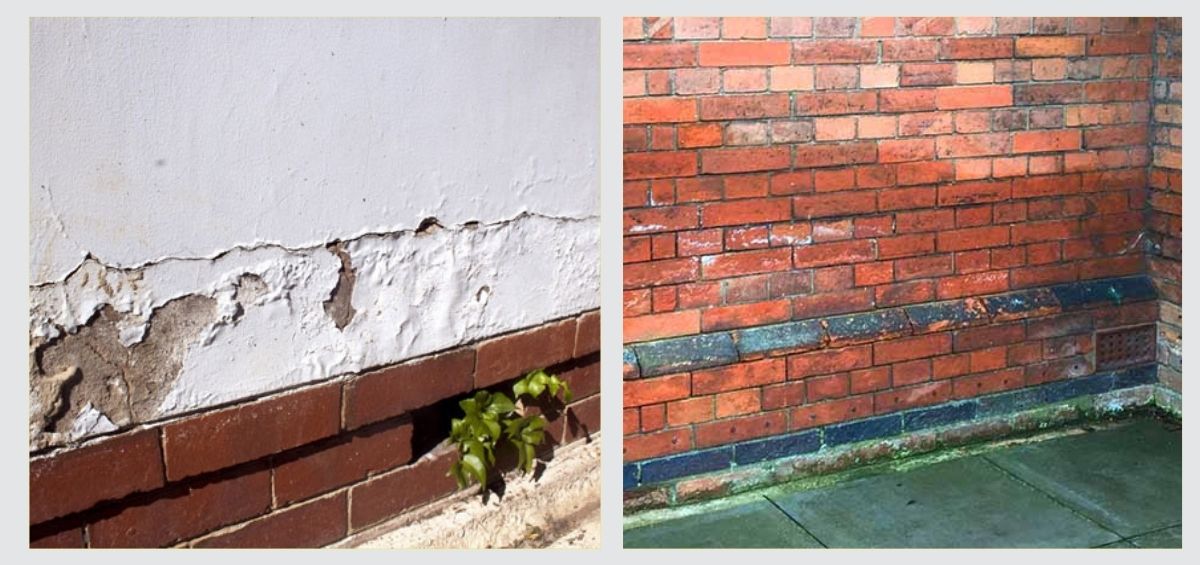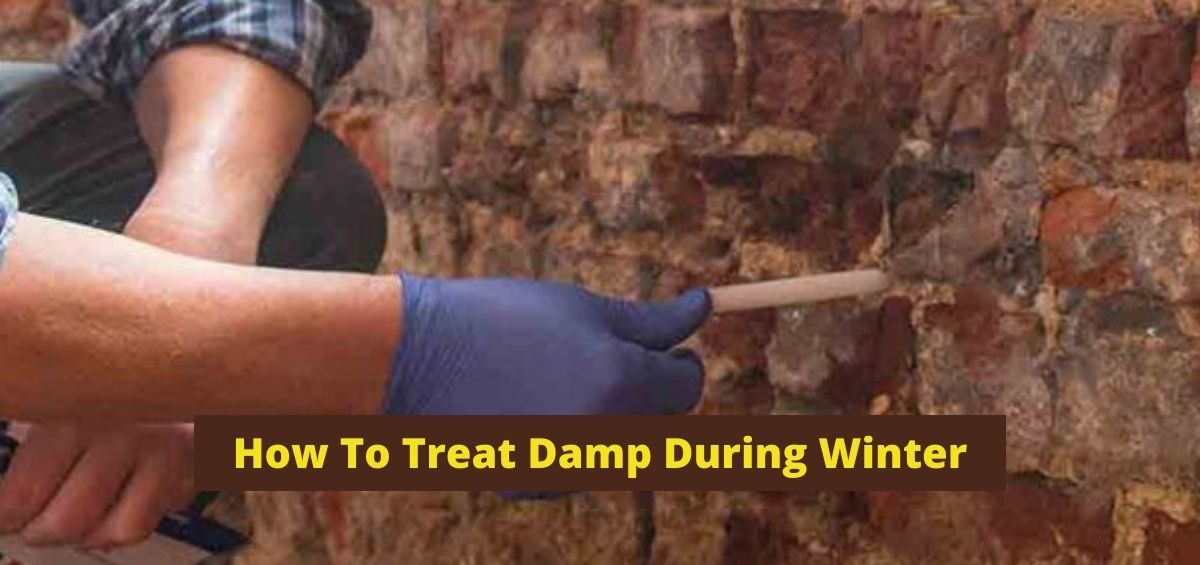While damp can be a year-round problem, it thrives in winter also. It can be frustrating to have a damp problem flare up from something as unpreventable as the weather . No matter which type of damp you have, the cold season is going to take a toll. Damp does get worse in the winter. At this time of year, temperatures are lower and there is considerably more rain. This creates the perfect conditions for damp. The extra rain on walls and the grounds make penetrating and rising damp worse. The wind and rain can also cause damage to your roof, leading to leaks and damp ceilings and walls. General heating of your home can even contribute to condensation damp.

The Main Reasons That Damp Gets Worse In Winter
Different types of damp are going to be affected in different ways by the changing seasons. Below are some of the main reasons for damp getting worse in the winter:
Damp and Condensation Solutions for your Home this Winter
As the nights get longer and the days get colder, damp and condensation become a bigger problem to our properties. Damp, mould, dry and wet rot growth caused by condensation is a lot more common in winter because of the increase of warm moist air inside of your home. The air comes into contact with cold surfaces, such as windows or walls, and creates condensation. As areas stay damp, particularly in poorly ventilated areas, the condensation will not dry and then mould will grow.

Condensation is a common cause of damp, also leading to damage such as paint and plaster damage and rotting window frames. Mould that is formed due to a damp environment produces allergens, irritants and toxic substances into your home. This can trigger allergic reactions, as well as causing respiratory problems. This is particularly dangerous for at risk groups, such as children, babies, elderly people, people with asthma, and people with allergies. This is why it is essential to have damp and condensation solutions to help your home this winter, the most detrimental time of year for mould.

There are three main types of damp that can cause problems for properties:
• Rising damp
• Penetrating damp
• Condensation
Each type of damp causes different problems and can be identified by various tell-tell signs.

1. Rising Damp
Rising damp occurs when moisture travels up through the walls of a property – essentially ground water being sucked up through brickwork. Older buildings can be particularly susceptible to rising damp, which usually occurs when a property’s damp-proof course (DPC) is damaged or, in the case of very old homes, non-existent by modern standards. In other scenarios, rising damp can be caused by things like raised driveways and paths that sit above the DPC. Rising damp can be serious and cause structural issues if not dealt with. It also causes damage to the internal walls, can result in heat loss and aggravate respiratory conditions.

2. Penetrating Damp
Rainwater usually evaporates from brickwork on the external walls of property, but during heavy rain or in buildings where there are poorly maintained drainage pipes and guttering, rainwater that fails to evaporate is passed horizontally through external walls into the building itself. This can cause huge problems to timber work, such as dry and wet rot, while black mould will also grow in these conditions leading to potential health problems for those living in the property.

3. Condensation
Landlords often suffer the most from condensation problems in their rental properties due to poor habits from tenants or poor ventilation in their property. It’s the most common form of damp in the country and, probably, the easiest to eradicate, but it can also cause big problems if allowed to get out of hand, including harmful mould.

How To Keep Your Home Warm And Dry In Winter
Air Circulation
The most common area for condensation to cause damp is in places that are badly ventilated. If you’re looking for damp and condensation solutions, consider allowing air to circulate in areas where air is usually stagnant. For example, open cupboard doors and drawers to allow them to air, as well as leaving a gap between furniture and walls to avoid air getting trapped.

Look Out For Hidden Leaks
Very cold weather can wreak havoc in your house’s piping and water system. Be sure to wrap important exterior pipes in wadding or heating rape. You can mildly apply heat to frozen sections of pipe if the weather does take a turn for the worse. Check the insulation in your pipes and make sure you know where your home’s stopcock is if the worst does happen and a pipe cracks or bursts.

Cold Air Outside
The cold air makes a big difference to the temperature of walls inside and out. This causes your walls to be cooler and creates due points which is a place for condensation to settle.

Reduce Moisture
To avoid excess moisture creating condensation when hitting cold surfaces, reduce the amount of moisture in your home. To do this all you need to do is change little steps in your daily routine that will make a world of a difference to the amount of moisture in the air. In the Kitchen, use a lid on your pans when you cook, have an extractor fan in your kitchen and try keeping the window open as much as possible, especially when cooking.
There are several damp and condensation solutions for you to consider this winter that will help protect your home. Although they may seem like small changes to make, it can really help to protect your home from condensation and damp. If you’re looking for expert damp-proofers, get in touch with us today! Healthy Homes are more than happy to help give you an effective damp-proofing course, and resolve any current damp issues you may have.
Healthy Homes with its expert and experienced technical team can assess and repair external walls. Give us a call today on 1800-419-4647.


